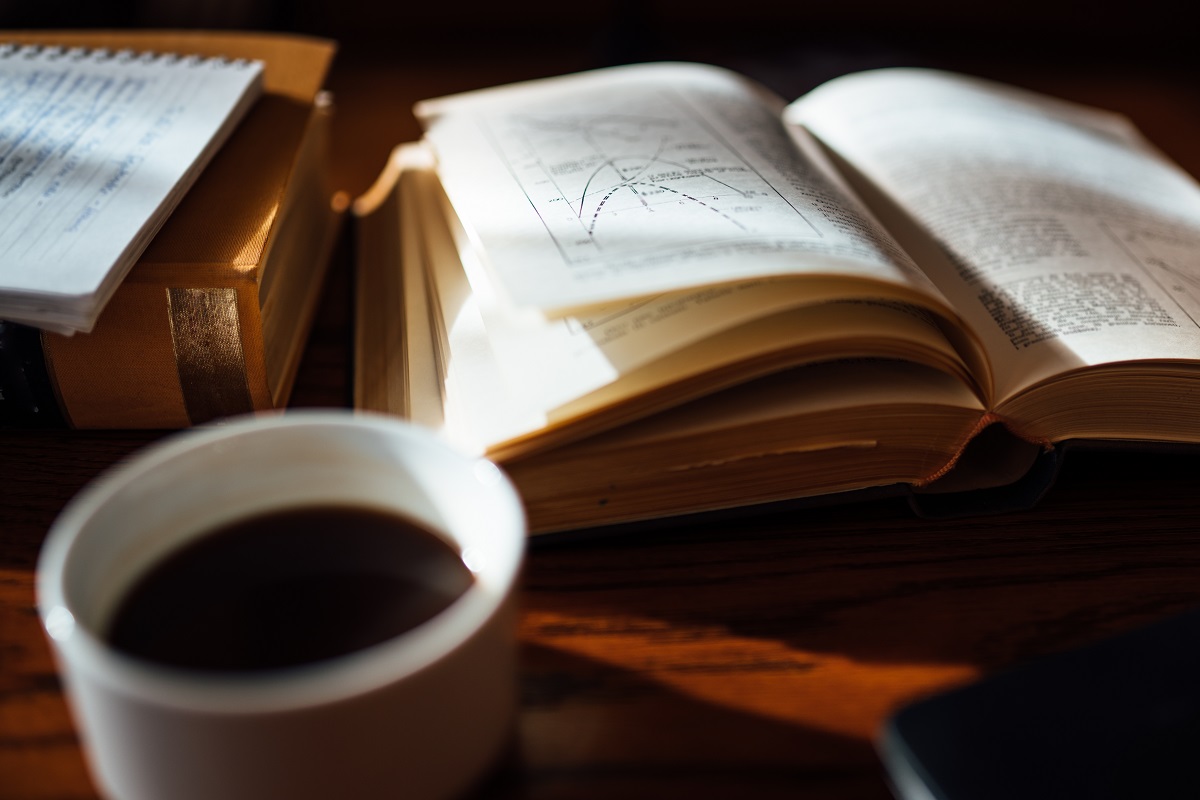Gaby Novoa
September 13, 2020
Traces of one’s identity – existing within photographs, letters, documents and other remnants of life – contain and preserve our presence long past our physical years on earth. While my great-grandfather Alcide’s life predates mine by more than 50 years, through archival research, I have been able to reach into the past, get to know him in unexpected ways, and foster a connection that transcends space and time.
It was only in the last decade that our family started to build a fuller picture, after one of my aunts retrieved Canadian Forces documentation from Library and Archives Canada (LAC). These have since been collated with other files and various relics associated with Alcide’s life and army service that had been scattered and preserved in storage boxes within the homes of multiple relatives. This rich collection and recent uniting of Alcide’s archives sparked my journey of learning about him and about the impact that these tangible traces can have on their connection to familial history.
Family knowledge is shaped by family experiences
Alcide was a Canadian soldier, part of the 2nd (Reserve) Battalion, Les Fusiliers Mont-Royal, during World War II. He met my great-grandmother Doris while in England, where they fell in love and quickly married before he had to report back to duty. When he was killed at age 22 on September 24, 1944, in Belgium, he didn’t know that Doris was pregnant with his daughter – my maternal grandmother, Alcida. My grandmother therefore grew up knowing her mother’s grief and heartbreak, but never knowing her father. This remained the case, as the documents in our family’s current collection of Alcide’s archives were not known or available to her.
War service records retrieved from LAC provided me with some detail on his military life, confirming certain facts and dates, such as his ranking as Lieutenant and the place and time of his birth and death. Government records built upon this picture of his wartime experience, with reports that marked his deployment dates, arrival dates in Europe and his regiment’s routes throughout Europe.
One of these documents, a certificate signed in 1944 by the Minister of National Defense, reads “To the Next of Kin of: Lieutenant Joseph Romuald Alcide Boissonnault. This commemorates the gratitude of the Government and people of Canada for the life of a brave man freely given in the service of his Country.” This commemoration simultaneously affirms the significance of serving the Canadian Army while pointing to the disposability of lives during this time, wherein sacrifice was intertwined with bravery.
Archives offer uniquely direct connection to ancestors
While the war service records and other documents from the Canadian Forces taught me about his life and identity as a soldier, I learned more about my great-grandfather and found more of a profound connection by delving into his personal archives – particularly his letters and photographs, which had an unexpectedly emotional impact on me.
My current world is very much digitalized: sending a message to a loved one, reading a friend’s poetry or looking through photographs all typically occur online. However, to be able to hold the very same paper, beige and cotton-like between my fingertips, onto which Alcide expressed his innermost thoughts, provoked a sense of being physically linked to him in a unique way. I imagined him clutching these letters and claiming a moment of silence amid the chaos of wartime, and could not help but admire the gentleness expressed by this young 22-year-old man, addressing his brother-in-law as his “beau frère” and his newlywed as “my sweet little chicken.”
There was a certain intimacy in reading his cursive writing instead of on a screen in homogenized text. By holding the very same materials onto which Alcide expressed his emotions, I felt as if I’d entered his world and, for the first time, I found myself mourning my great-grandfather. I was struck with the grief of someone who had known and lost him. Photographs reveal a young man proudly wearing his uniform who is roughly the same age I am today; his crooked smile evokes familiarity in a way that gives me comfort.
Learning about family past impacts family present
In an email I received from my grandmother, she reflected on the recent reconnection with Alcide’s archives: “I am awash with emotion whenever I go through this stuff. It’s in my cellular memory that gets triggered whenever I connect.”
This family exploration has engaged not only myself but my grandmother, mother and aunts, as well, as we all share the desire to deepen our understanding and connection to Alcide. The traces stored within his archives thus gave us the tools to allow for his legacy to continue onward through our family’s generations.
Ala Rekrut describes records created by individuals “as a means of communicating with the future, whether immediate or more distant.”1 Alcide’s archives have served as a means of connection, of fostering intergenerational relationships with his future family members, wherein the separation of time is surprisingly non-obstructive. This documentation has provided the unique ability to learn about and connect with family – both past and present.
Gaby Novoa is responsible for Communications at the Vanier Institute of the Family.
Note
- Ala Rekrut, “Material Literacy: Reading Records as Material Culture,” Archivaria, 60, 11–37 (2006). Link: https://bit.ly/33hsigh.


